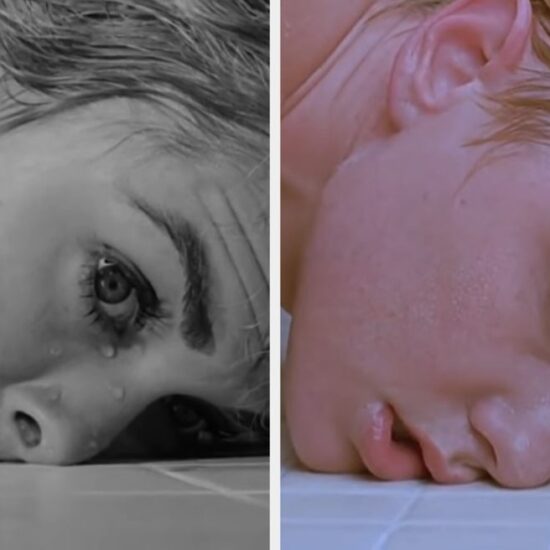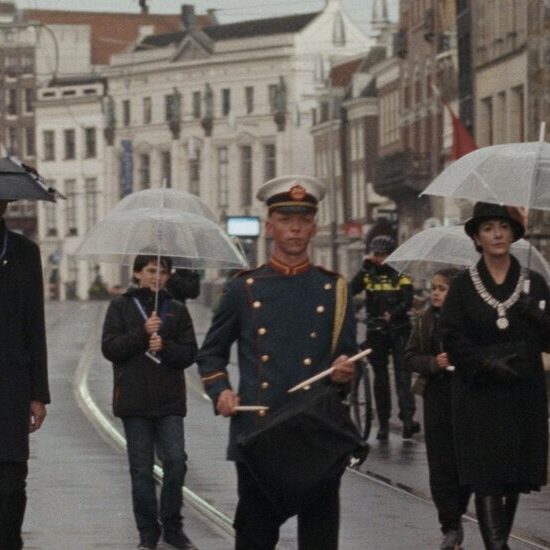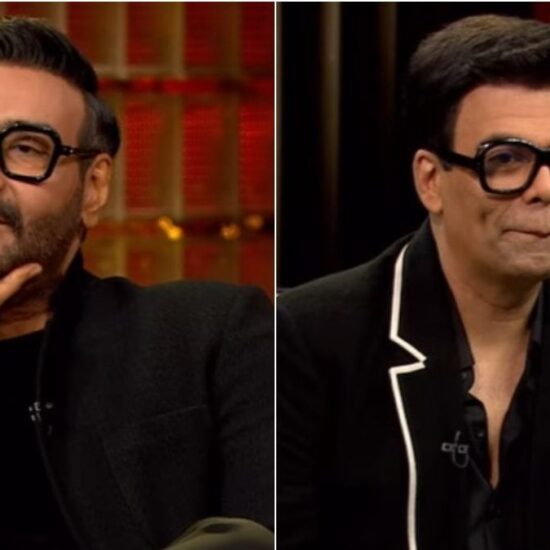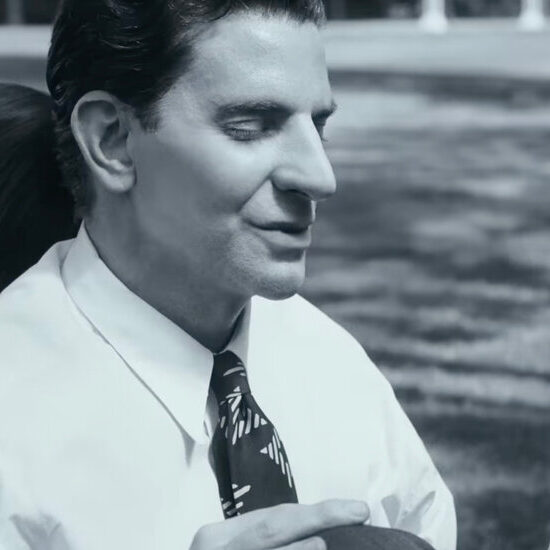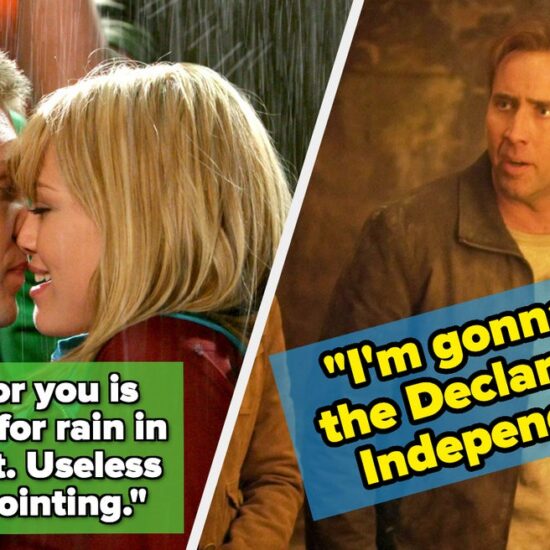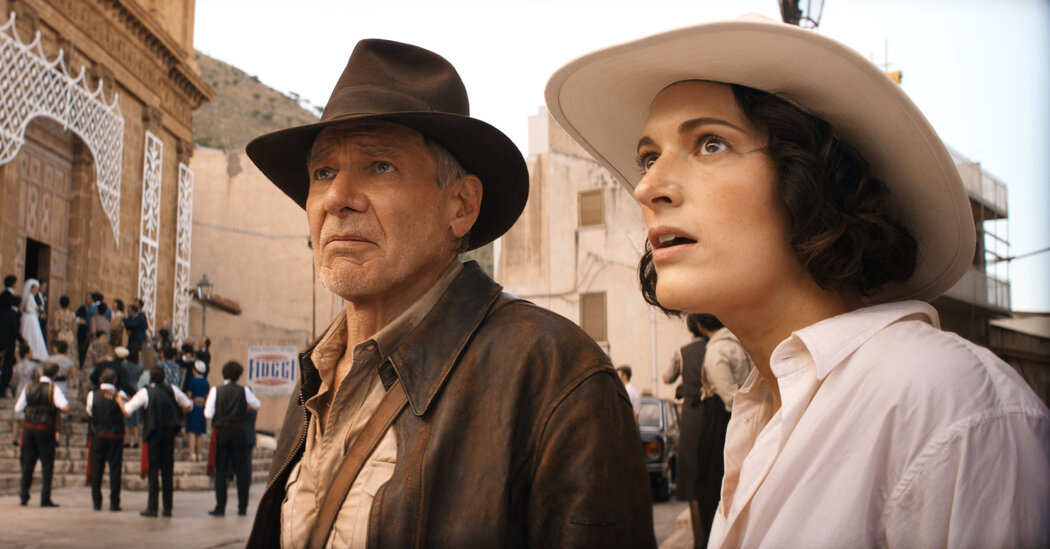
What makes Indy run? For years, the obvious answer was Steven Spielberg, who, starting in 1981 with “Raiders of the Lost Ark,” guided Harrison Ford’s hunky archaeologist, Dr. Henry Walton Jones Jr., in and out of gnarly escapades and ripped shirts in four box-office behemoths. By the time Spielberg directed Ford in their last outing, “Indiana Jones and the Kingdom of the Crystal Skull” (2008), Indy was in his late 50s and fans were speculating that the character was immortal, even if the franchise itself had begun running on fumes.
As a longtime big Hollywood star and hitmaker, Ford had already achieved an immortality of a kind. Indy-ologists, though, were more focused on the eternal life that Indy might have been granted by the Holy Grail when he takes a healthy swig from it in his third outing, “The Last Crusade” (1989). It’s pretty clear from his newest venture, the overstuffed if not entirely charmless “Indiana Jones and the Dial of Destiny,” that while Indy may not in fact be immortal, the brain trust overseeing this installment wishes he were. They haven’t simply brought the character back for another go, they have also given him a digital face-lift.
The face-lift is as weird and distracting as this kind of digital plastic surgery tends to be, though your mileage will vary as will your philosophical objections to the idea that Ford needed to be de-aged to draw an audience, even for a 42-year-old franchise that’s now older than most North American moviegoers. The results don’t have the spooky emptiness of uncanny-valley faces. That said, the altered Indy is cognitively dissonant; I kept wondering what they’d done to — or perhaps with — Ford. It turns out that when he wasn’t getting body doubled, he was on set hitting his marks before his face was sent out to be digitally refreshed.
The guy you’re familiar with eventually appears — with wrinkles and gray hair, though without a shirt or pants, huzzah — but first you need to get past the prolonged opener, which plays like a franchise highlight reel. These nods to the past are unsurprising for a series steeped in nostalgia. “Raiders” was created by Spielberg’s pal, George Lucas, who saw it as a homage to the serials that he’d loved as a kid. Lucas envisioned a hero along the lines of Humphrey Bogart in “Treasure of the Sierra Madre,” but with morals (more or less), while Spielberg was interested in making a Bond-style film without the hardware and gimmicks.
As soon as the younger Indy appears in “Dial of Destiny,” it’s clear that the nostalgic love for old Hollywood that defined and shaped the original film has been supplanted by an equally powerful nostalgia for the series itself. That helps explain why this movie finds Indy once again battling Nazis, who make conveniently disposable villains for a movie banking on international sales. After directing “Schindler’s List” (1993), Spielberg expressed reluctance to make Nazis “Saturday-matinee villains,” as he once put it. The team here, by contrast, knows no such hesitation, even if evoking Spielberg’s films inevitably raises comparisons that do no one any favors, particularly the franchise’s new director, James Mangold.
The movie opens in 1944 with Indy — wearing an enemy uniform as he did in “Raiders” — being held captive, a sack coyly obscuring his head while Nazi hordes scurry about. Once the sack comes off — ta-da! — the plot thickens with a mysterious antique (à la “Raiders”), nods to the Führer, the introduction of an Indy colleague (Toby Jones) and dastardly doings from a fanatic (Mads Mikkelsen, whose face has been similarly ironed out). There’s an explosion, a sprint to freedom, a zipping car, a zooming motorcycle (as in “The Last Crusade”) and a dash atop a moving train (ditto), a busy pileup that Mangold finesses with spatial coherency.
Things improve once the story cuts to 1969 and Ford and his beautiful, lived-in, expressively alive face make their entrance, with Indy staggering awake wearing just boxer shorts, an intro that elicits chuckles, admiration and bittersweet feelings because Ford’s years are etched into every crease. After some more preliminaries, Indy finds his usual fast-paced groove with familiar friends, foes, narrative beats and action-flick clichés, including a gal pal, Helena Shaw (Phoebe Waller-Bridge, from “Fleabag”), who’s an ethically challenged wisenheimer. The script — by Jez Butterworth, John-Henry Butterworth, David Koepp and Mangold — keeps playing the greatest hits, at times nearly blow-for-blow, kiss-for-kiss.
The story turns on the treasure, a prize that dates back several thousand years and, like time, just keeps slipping away. Pressed to retrieve it, Indy suits up — fedora, bullwhip, leather jacket, check, check and check — and he and Helena race around the globe chasing it while trading banter and, by turns, evading and fighting villains. For some reason, a grizzled Antonio Banderas pops in as a boat captain. At another point, Indy et al. land in Tangier, a setting that evokes “Raiders” and, uncomfortably, the scene in which Indy shoots a sword-wielding Arab, a death that Spielberg played for laughs and that distills that film’s breezy colonialist mind-set.
“Dial of Destiny” avoids such missteps simply by taking aim at Nazis. Indy and company still embark on breakneck chases in putatively exotic locations — including on tippy three-wheelers that careen through Tangier — but with less obvious collateral damage to the locals, if not their food stalls. Like all the action sequences here, this one drags on long enough to kill the fun. Mangold can do action. He’s best known for “Logan,” that rare comic-book movie that achieves a just-so balance between genre familiarity and novelty; he should be better known for “Ford v Ferrari,” a smart, nimble car story that underscores he can do one of the hardest things in film, which is to turn two people just talking to each other into cinema.
The Indiana Jones series was customized for mass appeal, which doesn’t leave room for Mangold to do much, though at times he slows things down enough for Ford to shift rhythm. It’s hard to believe this or any other installment would have worked half as well without Ford, whose gruffly appealing, unthreatening (to women, importantly) masculine persona has always felt natural and unforced. No matter how outrageous Indy’s trouble, Ford’s persona and outwardly effortless charm — and his ability to drop that rakish smile for something darker, meaner, even threatening — have kept the character tethered to the real world of feelings and consequences. Lucas and Spielberg sketched a cartoon; Ford created a character.
That character, or rather Ford, or really the two of them together are the main arguments for seeing “Dial of Destiny,” which is as silly as you expect and not altogether as successful as you may hope. Among other things, it takes a while to settle down. Everything seems overly strained, at least at first, including the pacing, the story and Waller-Bridge’s performance. It all improves as it continues, or maybe I just surrendered, yielding to the movie’s disposable pleasures, its yearning to entertain you, Mangold’s old-school classicism and, of course, Ford, who, as befits a Hollywood veteran confident enough to make a grand entrance in only his boxers, can still run away with a movie — and run and run — without breaking a sweat.
Indiana Jones and the Dial of Destiny
Rated PG-13 for largely bloodless violence. Running time: 2 hours 34 minutes. In theaters.








